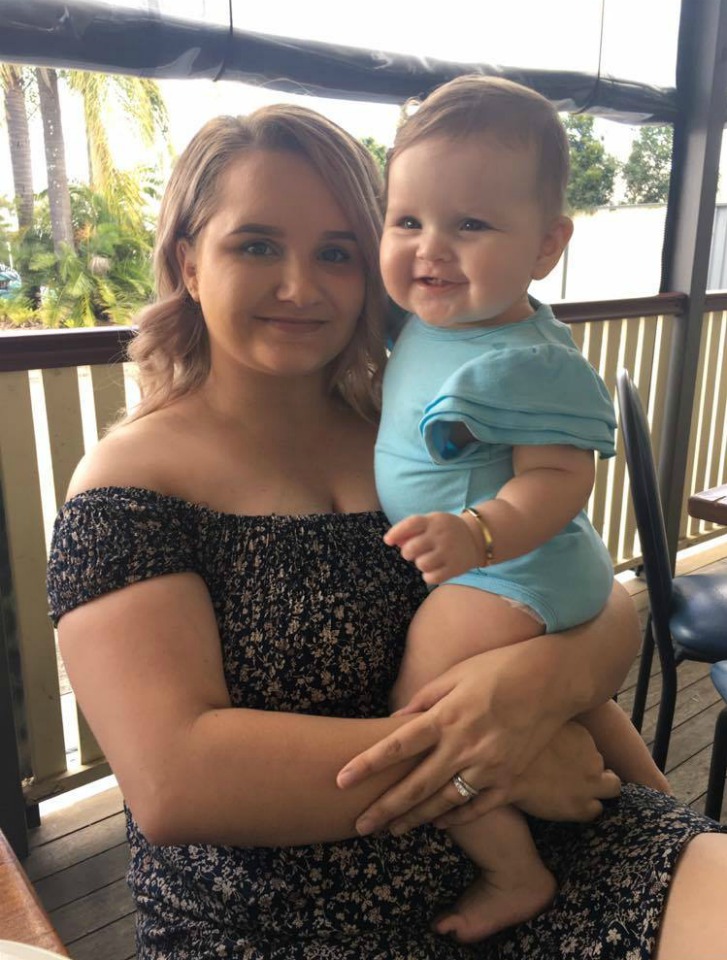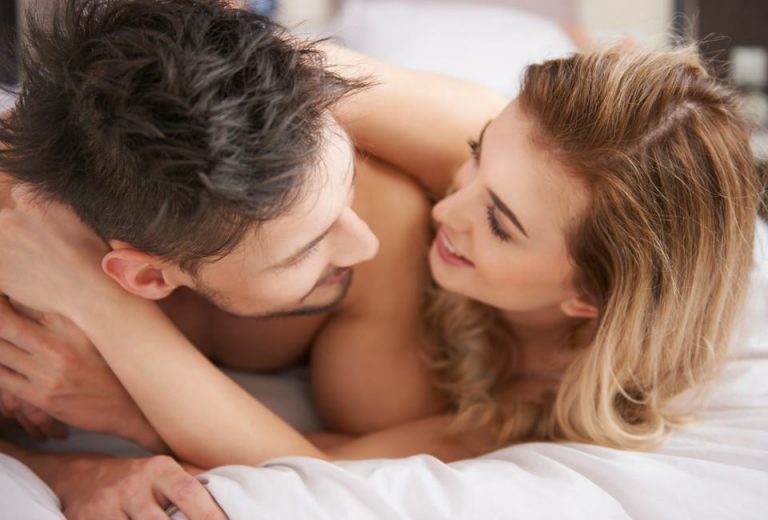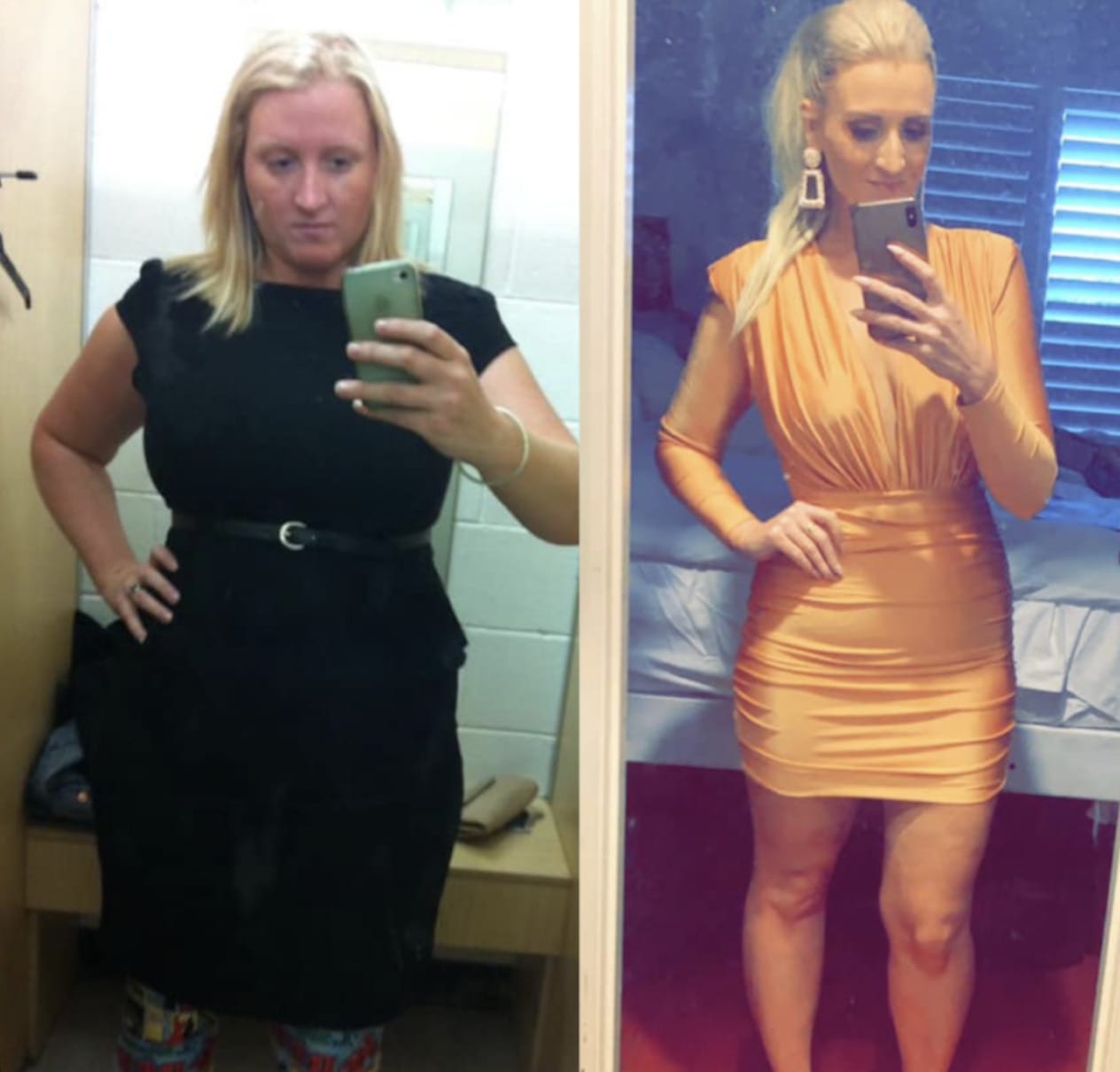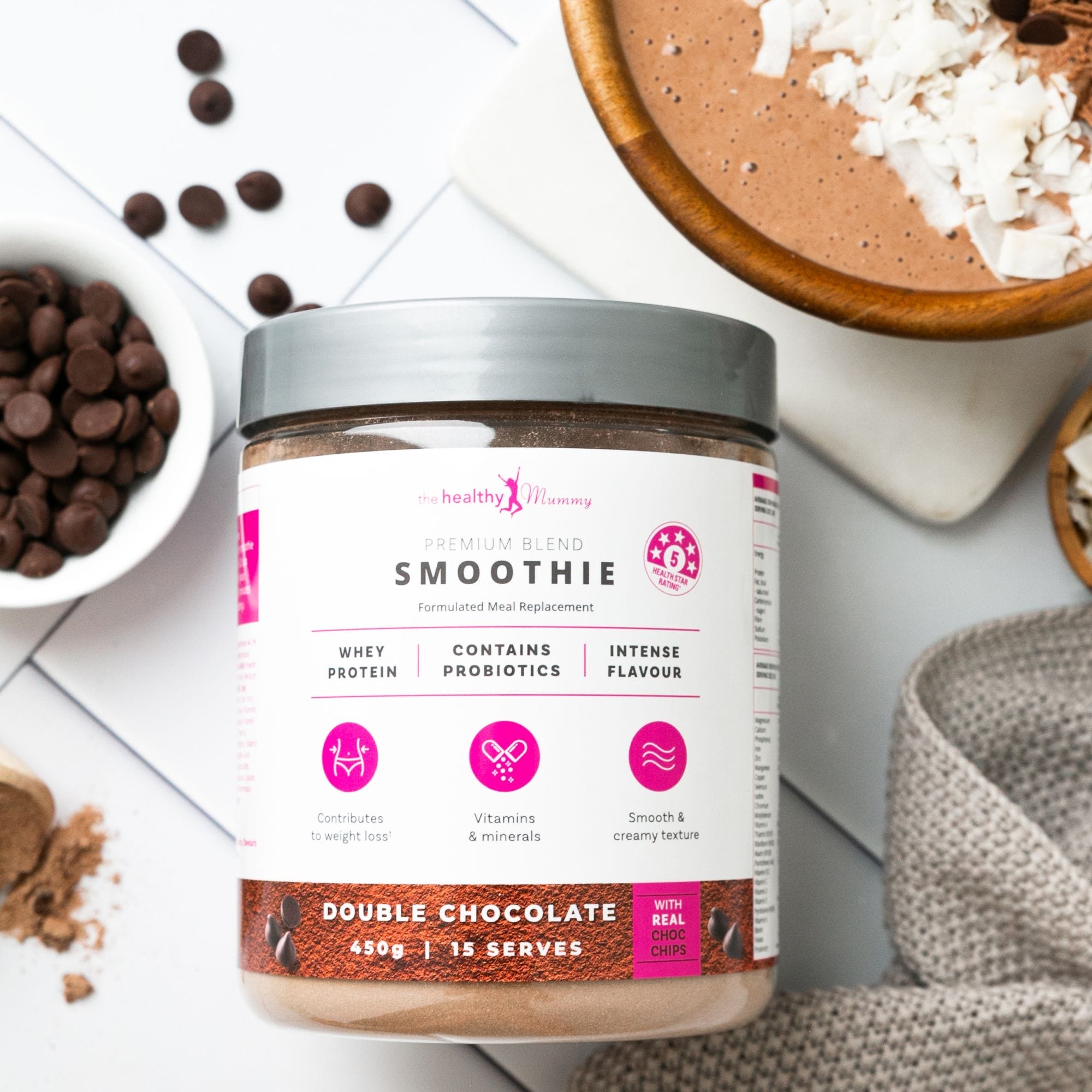How this mum dealt with a third degree vaginal tear after labour
Tears during labour usually occur between the perineum (the area between the vagina and rectum) while the baby is pushed out, if the vagina isn’t able to stretch enough.
Not all women tear after giving birth vaginally, but some women do – and for various reasons (see below).
Laura Ryan, who is a Healthy Mummy community member, says she suffered from a third degree tear during the delivery of her first baby and reveals it took up to THREE months to heal after giving birth.
The mum-of-one has shared some of her amazing tips on how she managed to ease the pain.

Laura’s tips for dealing with vaginal tears after labour
Laura reveals that while she gave birth she experienced a third degree tear that required her to go have surgery.
“I had a 21 hour water birth with only gas,” Laura says. “I ended up having a third degree tear from labour and had to go into theatre to be stitched back up.”
She used a variety of methods to help ease the pain of the tears, such as filling condoms with water and freezing them.
“I used water frozen in condoms immediately after being stitched up and continued to use them for a month postpartum,” she says. “After that, I used heat packs to help bring blood flow to the scar and help promote healing and also help soothe pain.”
Three months after giving birth, Laura also began using coconut oil on the scar tissue to help with the healing process and keep the area moist.
It took three months to properly heal, and she says that she was unable to walk or do light exercise in that time.
“From the start, I did a little bit of walking around the house,” she says. “I would never push myself too far. As soon as the stitches started hurting, I would stop and rest.”
We’re glad to hear that you’re feeling better, Laura!

Why do women tear during birth?
Every birth is different and not every delivery will result in a vaginal tear.
At the very end of your labour the skin and muscle layers in and around your vagina thin and stretch to allow your baby to be born and it is quite common for women to have some form of perineal or vaginal tearing at this time, says Mater Mothers.
An episiotomy is a cut made into your perineum to enlarge your vaginal opening. This is done to help your baby be born. An episiotomy involves the same muscle and tissue as a 2nd degree tear. However some episiotomies can extend further, and when this happens they might be described as a 3rd or even a 4th degree tear depending on their severity.
However, vaginal tears are very common with recent research from Medibank showing that 74% of mums experience vaginal tears during childbirth. There are things that women can do during pregnancy to reduce the risk and even prevent vaginal tearing.

There are also different degrees of tearing:
A 1st degree tear is a thin tear or graze. No muscles are involved and a small number of stitches may be required.
A 2nd degree tear includes skin and muscle tissue. For this, stitches are usually needed and it can take around two months for the tear to disappear.
A 3rd degree tear can cut through the perineal muscles. This can take longer than two months to heal and the affected area may feel uncomfortable.
A 4th degree tear goes through the anal sphincter all the way into the anal canal or rectum. Most women with this condition will have no ongoing problems, with the appropriate management, says Mater Mothers.
5 natural ways to help prevent vaginal tears

1. The Epi-No
The Epi-No is an inflatable balloon which is inserted into the vagina to help stretch the perineum. It is to be used in the weeks leading up to your due date. Many woman have sworn that the Epi-No is the reason their perineum has remained in tact.
2. Perineal massage
If birthing a balloon is not for you, then perhaps gentle massage is a less intimidating way to go. Starting from around the 34 week mark, you can use coconut oil or vitamin E cream to rub in to the skin between your vagina and anus at least once a day.
3. Water birth
A water birth may provide a natural pain relief and it has been found to help soften the skin of the perineum.
4. Position
Gone are the days where women are to birth on their backs. This position places pressure on the tail bone and and reduces the size of the pelvic floor. Let your natural instincts guide you to your most comfortable position. The least stressful positions on your perineum is on all fours, standing and leaning forwards or laying on your side.
5. Hot compressions
During the pushing stage of labour a warm towel placed on the perineum encourages the skin to stretch.
For more stories on birth and labour, click HERE.
If you about to give birth or you’re a new mum who would LOVE to connect with other new mums about all things baby health, losing the baby weight, becoming active after baby and staying on top of your health – be sure to check out our NEW MUMS FACEBOOK SUPPORT GROUP.
The Healthy Mummy has multiple private and JUDGEMENT-FREE groups you can access (for free) and exchange tips, tricks and experiences with other new mums.
It’s also a great place to get access to (and share) family-friendly recipes and Healthy Mummy Smoothie creations (which are known to help boost breast milk supply and compliment healthy nutritional intake while breastfeeding).










